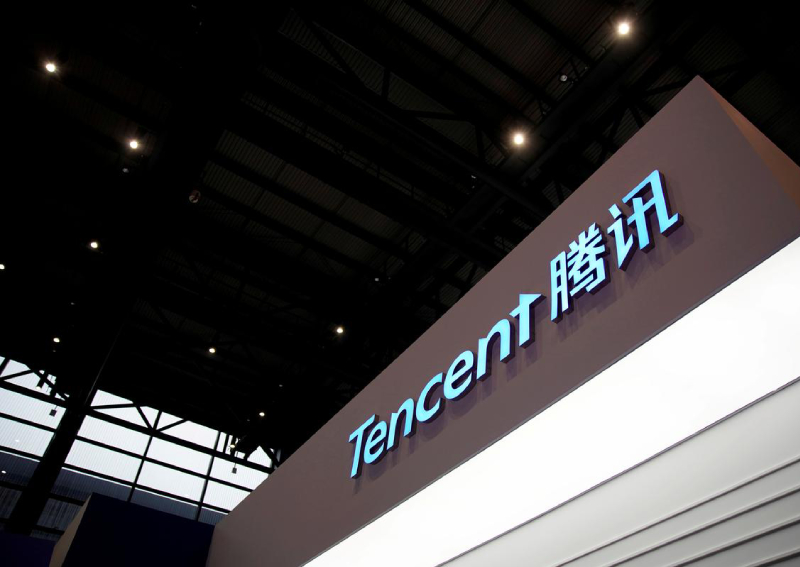

New Alipay investment platform shows glimmer of the futureĪlipay’s launch of Yu’e Bao, or Left over Treasure, is a sign of what these companies are capable of. They also run credit-scoring businesses which factor users’ payment histories and trading histories into their scores. The firms make use of data from customers’ transaction histories to build detailed profiles of each one, which they then monetise within their portfolio of apps in ways that would probably make Google or Facebook blush. Even buskers display Alipay and WeChat Pay QR codes instead of laying a guitar case on the pavement.
Jingxi wechat pay chinachina morningpost Offline#
The social media payment apps, and QR codes in retailers and other offline businesses on which they depend, have become so ubiquitous in China that young consumers rarely carry a wallet or cash. The payment apps, and QR codes in retailers and other offline businesses on which they depend, have become so ubiquitous in China that young consumers rarely carry a wallet or cash “The network effect of such platforms is vast if all your friends are using them, it is difficult to opt out.” Or Amazon, with its own payment system that lets you send money to friends using only their phone number: that is Ant Financial’s Alipay,” according to Financial Times Beijing correspondent Yuam Yang. “Imagine Facebook bolted on to email with a built-in payment platform for splitting bills among friends: that is Tencent’s WeChat Pay. “In about 2013, the iPhone and smartphones took off in China, and because they already had the trusted QQ network, which became WeChat, and Alibaba with Alipay, it meant these two companies got into a head-to-head battle over payments,” adds Mr Skinner.Īlipay and WeChat integrated with all aspects of lifeīut the explosion ultimately only happened because Alibaba and Tencent managed to blend social media, ecommerce, payment and other finance functions seamlessly into single apps and user-friendly ecosystems. Widening access to the internet, mobile networks and smartphones was another factor. So when mobile payment apps first came out, they immediately caught on.


The low penetration of card payment point of sale terminals in China, partly down to the fact Visa and Mastercard are banned in the country, has been another factor, as has Chinese millennials’ open-mindedness to technological change and willingness to entrust large portions of their lives to companies such Alibaba and Tencent.ĭigital banking expert and author of Digital Human Chris Skinner says: “They were able to leapfrog in China because most people didn’t have credit cards, debit cards or plastic of any kind. Bank customers have to contend with long queues in city branches, long journeys to branches in the countryside and horrendous bureaucracy to get a Chinese credit card. One thing that has driven the recent growth of social media payments through Alipay and WeChat Pay has been the inadequacy of China’s traditional banks. China uniquely primed for mobile payments By contrast, Apple Pay has only 127 million worldwide, even though it is installed into every iPhone. In many ways Alipay, which has around 700 million active monthly customers in China, and social media payments company, WeChat Pay, with over one billion, point to the future of payments for the rest of the world. To put their scale into perspective, each organisation handled more payments in a single month this year than PayPal’s $451 billion for the whole of 2017, according to research firm Analysys. China’s two mobile payments giants, Alipay, an affiliate of the Chinese ecommerce group Alibaba, and WeChat Pay, owned by the messaging and social media powerhouse Tencent, are streets ahead of their Western rivals in terms of technology, user friendliness, number of users and ubiquity.


 0 kommentar(er)
0 kommentar(er)
